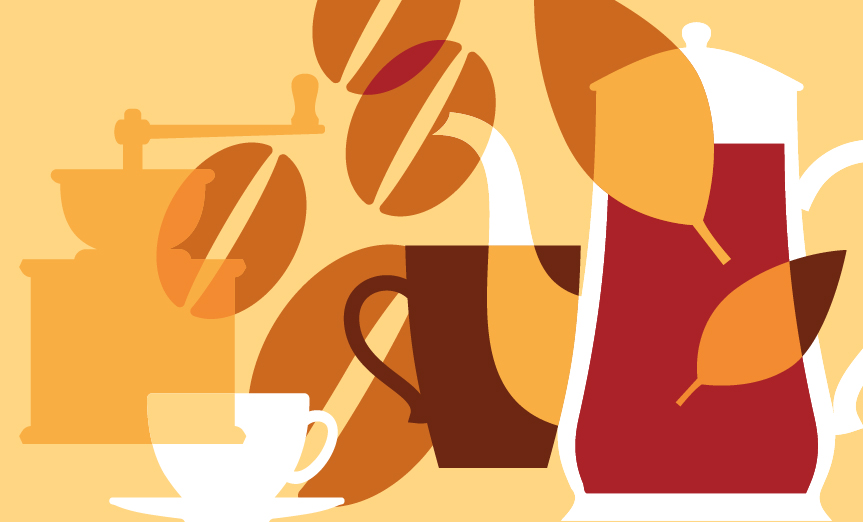48 hours in Montreuil
Paris - Île-de-France/2024

© Ed Buziak
While the earliest records of Montreuil date back to the 8th century, when King Thierry IV donated the "little monastery" (Monasteriolum), and some artifacts are known to date back to the Neolithic period, it is above all its recent history that concentrates the essence of the town, so close yet so distinct from the capital.
Once a supplier of food and water to Vincennes, in the days when kings came to its castle, Montreuil's destiny as a working-class town changed after the Revolution, and over the decades it has become a popular and militant center, from the Commune to the present day, a central figure in the famous "red belt". Visitors can discover the sixty years of communism that have shaped the city's identity, through its architecture and references, starting from the Porte de Montreuil - well guarded by the CGT tower and the flea market - and then from the Robespierre station, Place de la République with its small-town charm, the contemporary art center named after the late cartoonist Tignous, and then, passing under the Croix-de-Chavaux shopping center, the flamboyant music conservatory designed by Claude Le Goas, a futuristic example of 1970s architecture.
Further up the main thoroughfare, Rue de Paris, you'll come to Place de l'Hôtel-de-Ville, with its Méliès theater and cinema, a tribute to the filmmaker whose historic studios were located nearby. A little further up, the Saint-Pierre-Saint-Paul church is the finest testimony to the pre-Revolutionary era.
For lovers of greenery, the Parc des Beaumonts and the Parc Montreau offer a welcome break from the urban fabric, with the latter featuring exhibitions on the historic murs à pêches and numerous educational activities focusing on ecology. And let's not forget to mention the Marbrerie, one of the city's leading cultural venues, where you can enjoy a drink, a concert or an exhibition.
If you're a bon vivant, you'll quickly find your mushrooming spot: first and foremost, the Place de la République, with its shops and restaurants set around a tree-lined square, colorful facades and lively terraces. The Croix de Chavaux market and the adjacent Place Jacques-Duclos, with its market hall, bistros, numerous food shops and shopping center, are a must. Or take the pedestrian Rue du Capitaine-Dreyfus, lined with bars and terraces, gourmet counters and grocery stores, before heading a little further up the street to Rue de l'Église, also rich in stores.

Open

Open

Food products, kitchen equipment, tableware, service solutions...
See the full list of partners who place their trust in Gault&Millau
All our partners
Become
a Partner
LEARN MORE


















































